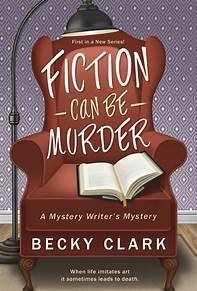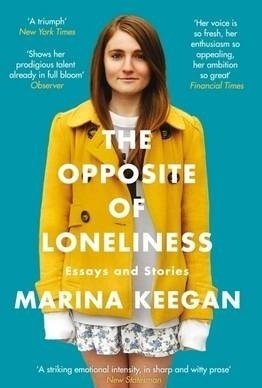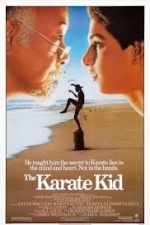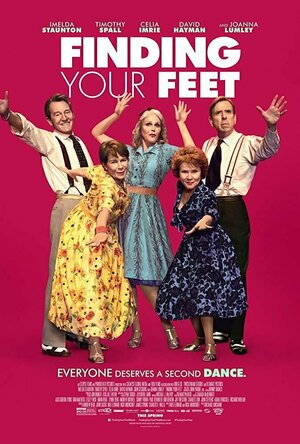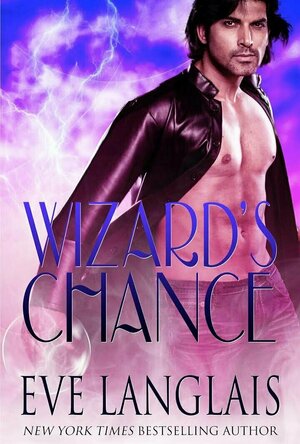Search
Search results
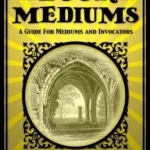
The Book on Mediums: A Guide for Mediums and Invocators
Book
The Book on Mediums, also known as The Mediums Book, was written by Allan Kardec and originally...
Lindsay (1779 KP) rated Thief of Glory in Books
Feb 15, 2018
This a story about a young boy. He thinks his family is good. When the Japanese come and take over by putting all the mother and children in a camp. Jeremiah is the one who need to watch over his siblings and mother. His older stepbrothers and his father are hauled away to work for the Japanese. This all starts shortly after his tenth birthday. It also when he see his love for the first time at a marble game. He also meets Charles (American).
Jeremiah see what goes on and want to help Dutch out at the camp. He has his adventures. Though things start to happen with his mother. He find out the truth of what his other was doing to each of his siblings. Jeremiah does something and his little brother. Things happen and Jeremiah and Laura start a friendship of hardships and many other things. To know what all went on in Jeremiah life you will need to pick this book up to read.
Jeremiah see what goes on and want to help Dutch out at the camp. He has his adventures. Though things start to happen with his mother. He find out the truth of what his other was doing to each of his siblings. Jeremiah does something and his little brother. Things happen and Jeremiah and Laura start a friendship of hardships and many other things. To know what all went on in Jeremiah life you will need to pick this book up to read.
Mark @ Carstairs Considers (2464 KP) rated Fiction Can be Murder in Books
Jun 6, 2018
Mystery Author Framed for Murder by Her Own Manuscript
Melinda has a reputation for taking pleasure in being mean to people. Even though Charlee Russo is an author this agent represents, she’s seen Melinda’s mean streak before. So it isn’t necessarily a surprise when Melinda winds up murdered. What is a surprise is the method – straight out of Charlee’s just submitted book. Clearly, someone in her life is trying to frame her for murder. But which of her friends could it be?
Early on, I was worried that I was about to be flooded with suspects. While there are a lot, they were presented in a way that it was easy to remember them as the book went along. It also helped that potential series regulars are also suspects and that the characters are distinct. I did feel like the plot focused on one aspect of the mystery over some of the others, but there was still a good twist or two and the ending had me turning pages as quickly as possible.
Early on, I was worried that I was about to be flooded with suspects. While there are a lot, they were presented in a way that it was easy to remember them as the book went along. It also helped that potential series regulars are also suspects and that the characters are distinct. I did feel like the plot focused on one aspect of the mystery over some of the others, but there was still a good twist or two and the ending had me turning pages as quickly as possible.
Louise (64 KP) rated The Opposite of Loneliness: Essays and Stories in Books
Jul 2, 2018
Marina Keegan could definitely write! I loved loved loved this book, whatsmore it is a non-fiction. Marina was obviously a well loved member of the Yale community and always took pride and wanted to be the best at everything she did. Her writing is truly amazing and this book contains a few short stories that Marina wrote and they're excellent. My favourite story from the fiction part of the book has to be 'reading out loud'. The stories were all very different and realistic. The non-fiction part was equally as good and I think this is the part in which she excelled. My favourite was 'why we care about whales' I am a sucker for animals, however this story was very thought provoking and makes you think of things that you probably wouldn't have thought about before.
I definitely recommend this book if you want to start out with a non-fiction book.
It's so sad, this young girl had such a promising career and life ahead of her and then taken so quickly.
I definitely recommend this book if you want to start out with a non-fiction book.
It's so sad, this young girl had such a promising career and life ahead of her and then taken so quickly.
Andy K (10823 KP) rated The Karate Kid (1984) in Movies
Dec 1, 2018
I wish I had a friend like Mr. Miyagi!
When high schooler Daniel moves to California with his mother, he soon discovers life on the West Coast is more intense then what he is used to back home and starts getting bullied by the local hooligans.
Enter Mr. Miyagi.
Daniel meets a quiet, Japanese man who gives Daniel odd jobs to do when he is supposed to be teaching Daniel to defend himself.
What does it all mean?
I could use so many phrases to describe the perfect elements of this film like coming-of-age, heroes, mentoring, positive role models, underdog story and none of them would do this movie justice.
I'm sure the younger generation would find some of this cheesy now (like the standard 80s montages), but the message is what's important and that has not changed.
It really is one of those films that just makes you feel good while watching and you always get swept up in the drama and want Daniel to succeed.
A triumph!
Enter Mr. Miyagi.
Daniel meets a quiet, Japanese man who gives Daniel odd jobs to do when he is supposed to be teaching Daniel to defend himself.
What does it all mean?
I could use so many phrases to describe the perfect elements of this film like coming-of-age, heroes, mentoring, positive role models, underdog story and none of them would do this movie justice.
I'm sure the younger generation would find some of this cheesy now (like the standard 80s montages), but the message is what's important and that has not changed.
It really is one of those films that just makes you feel good while watching and you always get swept up in the drama and want Daniel to succeed.
A triumph!
Dianne Robbins (1738 KP) rated Finding your feet (2018) in Movies
Jan 30, 2019
Delightful
Contains spoilers, click to show
Finding Your Feet is a sweet movie with endearing characters. The stellar cast consists of Celie Imrie, Imelda Staunton, Joanna Lumley, Timothy Spall, and David Haymen. Staunton plays an up middle-class snob, who after finding her husband in the arms of another woman, moves in with her bohemian sister, Imrie, who lives in a council house and who occupies herself with dancing with other seniors. Her sister convinces her to join the class; she had previously been a dancer but gave it up for marriage and motherhood, and slowly, the snobbery gives way to living her best life and having fun, making new friends, and finding romance and adventure. It's a feel-good, hopeful movie, full of laughter and dance.
What I love about the Brits is that unlike Hollywood, actors are allowed to look like the average person on the street in both face and figure, with gray hair, wrinkles, moles, and a paunch. It's about talent and acting, not whether or not they look like gods and goddesses. It's so refreshing.
What I love about the Brits is that unlike Hollywood, actors are allowed to look like the average person on the street in both face and figure, with gray hair, wrinkles, moles, and a paunch. It's about talent and acting, not whether or not they look like gods and goddesses. It's so refreshing.
Lyndsey Gollogly (2893 KP) rated Wizard's chance ( The Realm book 1) in Books
Apr 10, 2020
A romance set in a fantasy world with a modern day heroine.
Curvy, with glasses, and her nose always buried in a book. That's Samantha, a dreamer waiting for her happily ever after and looking for her prince charming.
Her whole life changes the day she walks into the oddest bookshop and finds a magical book that transports her to a tropical island with a hunk who thinks he's a wizard.
And that's not the strangest thing about her sudden arrival in paradise. Try little green people who can breath underwater and an evil sorceress intent on killing Samantha. But the most astonishing thing of all? The slow seduction by a wizard who thinks she's his best chance for breaking his curse.
This book mixed magic and historical romance. It was fun ,quirky and so pleasant to read! Yes some bits a bit cringy but I found it added something to the story. How many of us that read both genres or a good romance and wish to fall into the book? Me for one!!! I'm really looking forward to book 2!!

Curvy, with glasses, and her nose always buried in a book. That's Samantha, a dreamer waiting for her happily ever after and looking for her prince charming.
Her whole life changes the day she walks into the oddest bookshop and finds a magical book that transports her to a tropical island with a hunk who thinks he's a wizard.
And that's not the strangest thing about her sudden arrival in paradise. Try little green people who can breath underwater and an evil sorceress intent on killing Samantha. But the most astonishing thing of all? The slow seduction by a wizard who thinks she's his best chance for breaking his curse.
This book mixed magic and historical romance. It was fun ,quirky and so pleasant to read! Yes some bits a bit cringy but I found it added something to the story. How many of us that read both genres or a good romance and wish to fall into the book? Me for one!!! I'm really looking forward to book 2!!


Nine Keys to World-Class Business Process Outsourcing
Leslie Willcocks and Mary C. Lacity
Book
Business Process Outsourcing (BPO)-the sourcing of business services through external third...
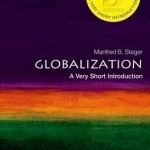
Globalization: A Very Short Introduction
Book
'Globalization' has become one of the defining buzzwords of our time - a term that describes a...
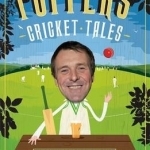
Tuffers' Cricket Tales
Book
A deliciously eccentric series of anecdotes, Tuffers' Cricket Tales was a Sunday Times bestseller in...

